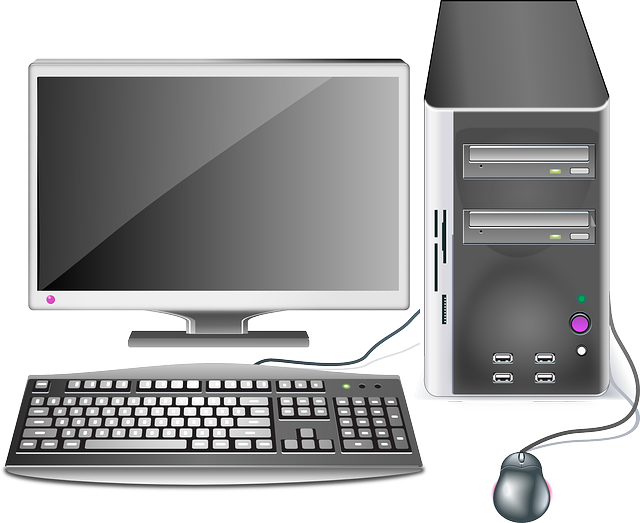How To Choose a Desktop Monitor
May 17th, 2016 by admin

Let’s talk about desktop monitors. In many companies, large or small, an onboarding employee gets whatever display hardware might already reside in their assigned cube—no matter how old it is. But like most computer products, the technology is always improving, while costs for newer models are dropping.
But while those prices are falling, monitors have never been something to skimp on. As the old saying goes, "Cheap becomes expensive": a poor-quality monitor will cause eye strain and other frustrations for the everyday user before, probably, conking out in an early death. By the same token, the prestigious top-end manufacturers (Sony, Apple) charge a premium price for their logo below the screen.
Bang for Your Buck
While there are plenty of reputable mid-level brands of flat-panel monitors out there, each offers several models with a wide range of features.
Before shopping for your company's next monitor, here are a few important areas to consider:
- Size: A 22-inch widescreen is acceptable for general office tasks, while hogging minimal desktop space. 24-inch or larger is better for users who prefer viewing multiple open windows.
- Resolution: The standard for today's monitors is 1,920 by 1,080 pixels, equivalent to 1080p Full High-Definition video.
- LCD or LED? Light Emitting Diode (LED) technology is considered an improvement over the Liquid Crystal Display (LCD) used in the original flat-panel monitors. A different method of "backlighting" offers sharper contrast and a richer color range. While LED monitors tend to be a little bit pricier, they'll consume significantly less energy than conventional LCD monitors, making them more cost-effective over the long haul.
- Connectivity: Those "old school" VGA ports—with their cumbersome screw-down plugs—have largely given way to several superior connection options, such as HMDI, DisplayPort, and DVI, enabling easy plug-in to a desktop or laptop PC. A built-in USB hub (ideally located on the side of the monitor, not the back) is convenient for users who frequently use thumb drives or similar peripherals.
- Multimedia: Built-in speakers and webcams are essential for desktop videoconferencing, but may be a distraction for employees who can't resist YouTube videos or their personal Skype account. The sound quality of most monitor-mounted audio still pales in comparison to a decent pair of peripheral stereo speakers.
- Ergonomics: Avoid low-end models which don't offer a full range of physical adjustments: height, tilt, and swivel. The top edge of the monitor should always match the user's direct horizontal line of sight.
Quality Is King
How does your company choose monitors? You can decipher specs in a catalog, or trust the clerk at the "big box" store, or just buy whatever's on sale. A quality monitor is a vital part of every employee workstation, and our team of knowledgeable IT Consultants can steer you toward the best options. To learn more, contact us.
Posted in: Managed IT Services, Knowledge

